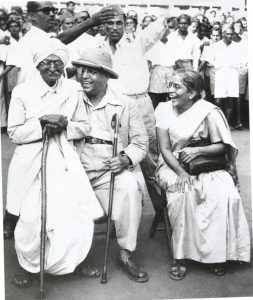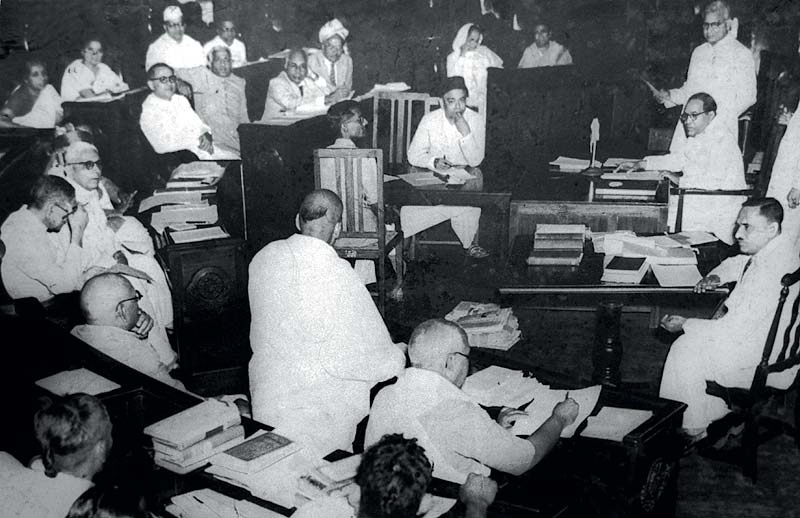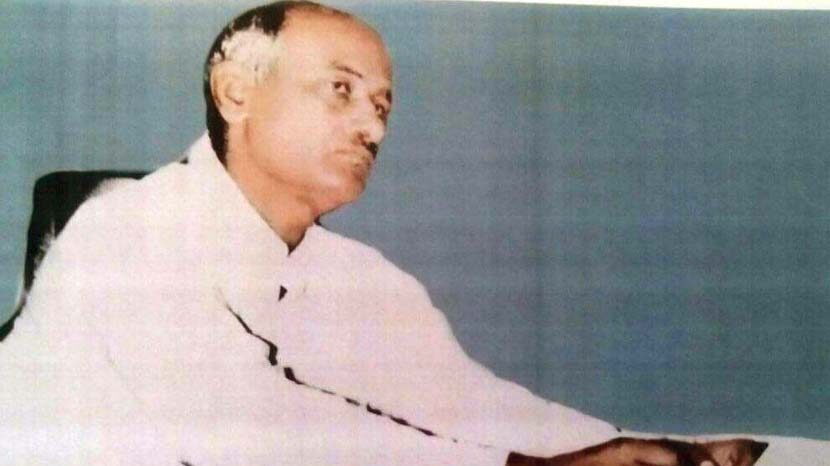
It was on 20 July 1942 that Dr B.R. Ambedkar, born into an Untouchable family, was appointed labour member of Viceroy’s Executive Council. Besides being an economist of repute, Ambedkar was also a labour leader. Having lived in labour settlements, he had a first-hand experience of the problems of the labourers and knew of the ways to solve them. During his tenure as labour member from 1942 to 1946, he was instrumental in promulgation of many new laws for the welfare of the labourers and in securing facilities for them. It was during his tenure that the system of holding tripartite (government, owners and workers) meetings to thrash out the problems of labourers was started.
Here, I would like to focus on Dr Ambedkar’s official tour of Chota Nagpur in his capacity as the labour member of Viceroy’s Executive Council. He arrived in Dhanbad on 9 December 1943 to study the living condition of the labourers. Besides local workers, then labour commissioner of Bihar S.N. Mazumdar, chief mining inspector W. Keerbe, representatives of mining association and colliery owners welcomed him at the railway station. Labour secretary H.C. Prayer and labour welfare advisor to Government of India R.S. Neemvakar had already reached Dhanbad.
Shortly after reaching the city, Ambedkar headed to the Bhoolan Beraree colliery. He was accompanied by Prayer, Neemvakar and owners of the colliery. Karnik was present as the representative of Indian Federation of Labour and Shanta Rao represented the All India Trade Union.
Ambedkar donned a safety cap and entered the 400 feet deep mine to meet the workers. He asked them about educational and health facilities available to them. He also inspected the women’s ward.
“May I come in?” With these words he entered the homes of labourers to have a look at the household goods, food items and other things. The same day, he saw the new machines installed in the Digwadih colliery. He also visited a third colliery to study the conditions in which the labourers worked. The following day – 10 December – he visited the Raniganj Coal Mines to study the system of production and the problems of the labourers. On the way, he made a stopover at a primary school. The students welcomed Ambedkar with floral garlands. Returning from Raniganj, he addressed a meeting of officials of the Government of India and governments of Bihar and Bengal, besides representatives of trade unions.
On 28 April 1944, he reached Koderma to study mica mines and the condition of the labourers working them. He climbed down a staircase into the mine and saw the process of extraction of mica. He also visited the settlements of labourers and talked to them about their standard of living. Addressing the meeting of Mica Mines Council at Koderma on 29 April 1944, Ambedkar, who was the chair, said, “If the workers won’t get adequate salary, no reform is possible. It is the duty of the owners to pay attention to the living standards of the workers.” Later, on the recommendation of Ambedkar, a labour welfare fund was created. It was at his behest that the working hours were reduced from 10 to 8 and the provision of maternity leave was started.

Damodar River was called the “sorrow of Bihar and Bengal”, as every three or four years, it flooded, causing huge damage to life and property. This river was similar to the Tennessee River of the US. The US government harnessed the river for the welfare of the people by constituting the Tennessee Valley Authority. Ambedkar procured many books on the Tennessee Valley Project and studied them. Discussions continued over three months. In the end, at the insistence of Ambedkar, the government decided to draw up the Damodar Valley Project.
Vasant Moon, editor-in-chief of Dr Ambedkar’s collected works, has rightly pointed out that “The Damodar Valley Project was the brainchild of Ambedkar. It was he who made it a reality. He worked hard for getting the project implemented and freed Bihar, Orissa and Bengal from a scourge. But we do not even remember his contribution.”
As the minister for labour and water resources, Ambedkar had the Maithon and Tilaiya hydroelectric project sanctioned. Dr Ambedkar supported a separate Jharkhand state and was in favour of linguistic states. In 1955, he suggested to the Government of India-appointed States Reorganization Commission that Bihar be divided into two parts – North Bihar with Patna as its capital and South Bihar with Ranchi as its capital (Dr Ambedkar: Works and Speeches; Vol I; p 181-182).





